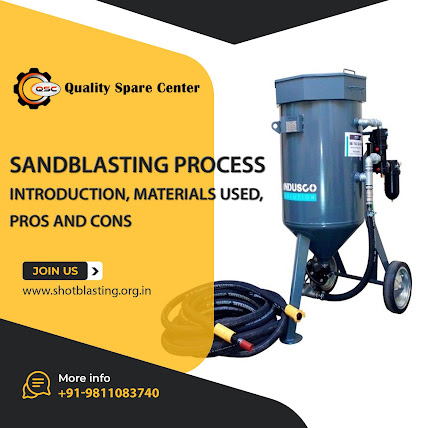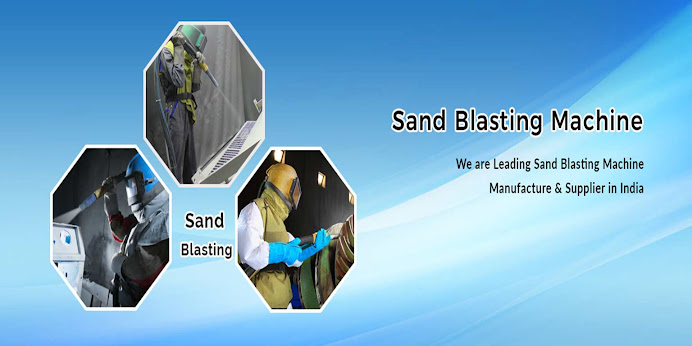A Complete Guide to Shot Blasting Machine, How it Works and the Process of Shot Blasting?
Shot blasting machines are essential instruments in the surface preparation procedures of several industries, including the automotive, aerospace, construction, and shipbuilding sectors. They are made to drive abrasive materials at high speeds to clean, strengthen, or polish metal surfaces. We shall go into great detail about the operation of shot-blasting machines and the shot-blasting procedure in this tutorial.
How Shot Blasting Machines Work:
The principle of abrasion is used by shot blasting shot blasting devices, wherein abrasive materials are propelled through a nozzle and directed at the surface that has to be treated. By striking the surface quickly, the abrasive material typically steel shot, grit, or removed impurities, scale, rust, or previous coatings.
The machine is made up of various essential parts:
Blasting Cabinet: This is the enclosure used for the actual blasting process. To withstand the abrasive impact, protective materials are lined inside.
Blasting Wheel: The abrasive material is propelled by the blasting wheel, also known as the turbine. It is made up of a rotor that directs and accelerates abrasively toward the workpiece using blades.
Abrasive Reclamation System: This system minimizes waste and lowers expenses by gathering and recycling the abrasive material for future use.
Dust Collection System: To keep the workplace tidy, shot blasting produces dust and debris, which is collected by a dust collection system.
The Shot Blasting Process:
The following steps are usually involved in the shot-blasting process:
Surface Preparation: Before shot blasting, the workpiece is examined and made ready. This could be wiping off any loose or peeling coatings, masking, or cleaning.
Loading the Machine: Depending on the size and complexity of the workpiece, the workpiece is either manually or automatically put into the blasting cabinet via a conveyor system.
Abrasive Propulsion: When the blasting wheel is turned on, the abrasive material is rapidly propelled in the direction of the workpiece. To attain the required surface finish, the abrasive stream's angle and velocity can be changed.
Surface Treatment: The abrasive material leaves behind a clean, roughened surface after removing impurities, scale, and outdated coatings.
Abrasive Collection and Recycling: The removed debris and used abrasive material are gathered and reinserted into the system for recycling. This lowers expenses and minimizes waste.
Final Inspection: The workpiece is examined to make sure the intended surface finish has been attained once the shot blasting procedure is finished. If more coating or finishing steps are required, they can be done.
To sum up shot blasting equipment is crucial for producing smooth, ready surfaces for a range of industrial uses. Having a thorough understanding of their operation and the shot blasting procedure will enable you to make well-informed decisions regarding their application.




Comments
Post a Comment